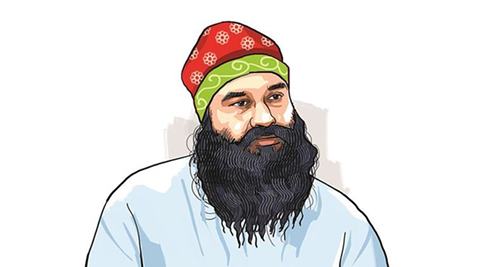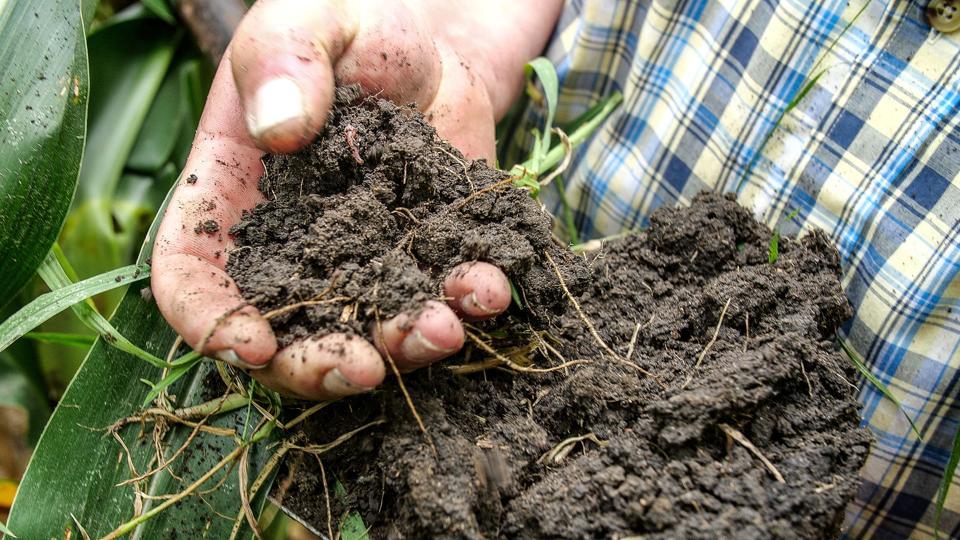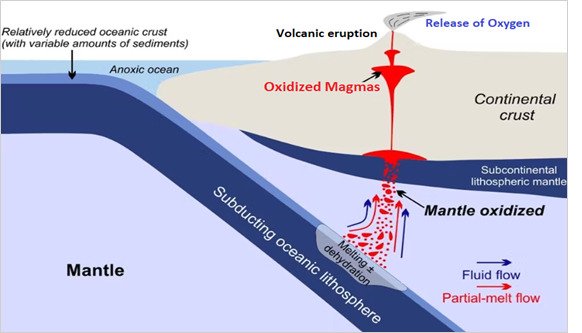
Even though Ambedkar’s opinions on Buddhism’s superiority to other religions are well known, he also thought that Marxism, a theory that is often associated with rejecting religion, was inferior to the Buddha’s way.
Marxist view of religion
- Marx believed that by fostering false consciousness, religion acted as a conservative factor that halted social evolution.
- Marx reportedly remarked, “Religion is the people’s opium. The oppressed creature’s lament, the heart of a heartless planet, and the soul of our soulless circumstances are all expressed in it.
- The ultimate goal of Marxism is to create a classless society on a global scale.
Dr. Ambedkar’s view: Buddhism vs Marxism
- Marxism and Buddhism, according to Ambedkar, both aim to create a society that is fair and happy.
- Marx’s methods are inferior than those advocated by Buddha.
- Marx was simply modern and Buddha was classical.
- Ambedkar writes that the Marxists will change their mindset if they hold back their prejudices and study the Buddha and what he stood for.
Similarities
Ambedkar summarises the fundamental principles of Buddhism and Marxism in a series of clear bullet points before pointing out their commonalities.
Dr. Ambedkar outlines important points for Buddhism:
- The role of religion is to rebuild the world and bring happiness to it, not to explain its beginning or end; Private property ownership gives power to one class and misery to another; It is essential for the welfare of society that this misery be removed by removing its cause; and All people are equal.
- Marx’s legacy, according to him, “is a residue of fire”: The purpose of philosophy is to reconstruct the world, not to waste time explaining how the world came into being; Private property ownership gives one class power and another class sorrow through exploitation; It is necessary for the good of society that the sorrow be removed by abolishing private property.
Abolition of private property: Buddhism
- Buddhism’s dedication to the abolition of private property, according to Dr. Ambedkar, is demonstrated by the way its “Bhikshus” give up all material possessions.
- He claims that the regulations governing Bhikhshus possessing property or things are “much more stringent than those found in Russia’s communism.”
- The Buddha had established a path for followers in order to create a joyful and just society.
- The Buddha’s strategy was to persuade a man by altering his moral outlook so that he would choose to walk the path voluntarily.
Difference: Violent means
- The Communists use methods that are as direct, succinct, and quick. They are (2) Proletariat-led dictatorship and (1) violence.
- The parallels and contrasts between Buddha and Karl Marx are now apparent.
- The variations relate to means. Both have a same conclusion.
- Buddha was a democracy, according to India’s Constitution, which serves as its foundation.
- In terms of dictatorship, the Buddha was against it. Ambedkar writes that the man was a democrat both at birth and at death.








